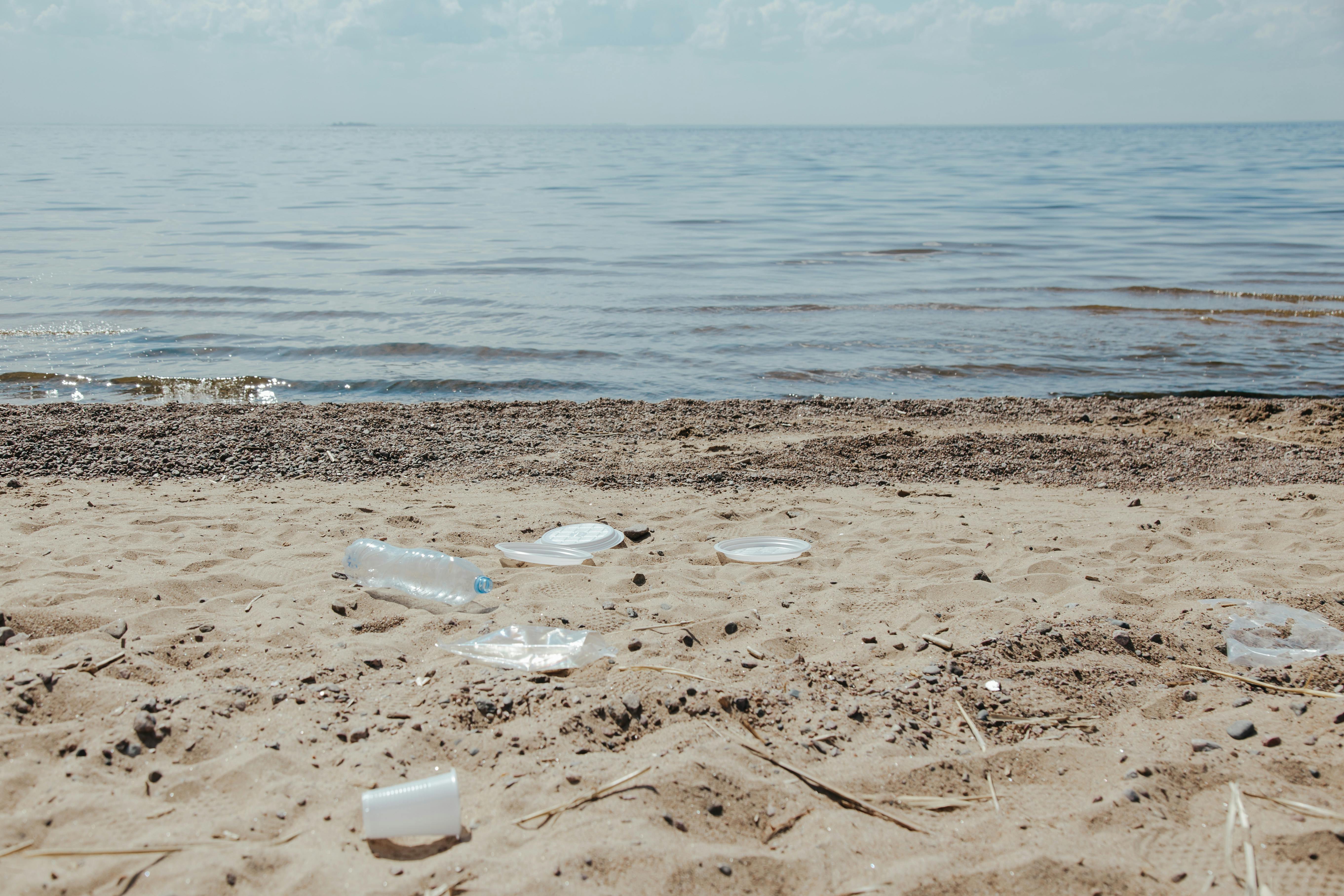UNIVERSITY OF KOBLENZ
Universitätsstraße 1
56070 Koblenz
Cutin and suberin are naturally occurring polyesters that form an outer barrier in plants between the plant and the surrounding atmosphere (cutin) or soil (suberin). Among other things, they therefore regulate the water balance of plants and provide protection against the penetration of plant pathogens. Each plant species has an individual pattern of components of these polyesters, which consist of fatty acids, long-chain dicarboxylic acids or hydroxycarboxylic acids, long-chain alkanols and alkanediols as well as glycerol. We selectively synthesize isotope-labeled (2H, 13C) derivatives in order to investigate the biochemical degradation pathways of these compounds together with cooperation partners.

Microplastics (MP) are an increasingly significant problem for the environment and are now present globally. To understand the distribution and impact of MP on the environment, it is important to identify and quantify MP over a wide size range. Until now, microplastic particles (MPP) in environmental samples have been identified and quantified mainly by FTIR or Raman spectroscopy or by e.g. pyrolysis-GC/MS methods. In recent years, we have been able to establish quantitative NMR spectroscopy as a further method that allows size-independent, rapid and simple quantitative analysis of MPP and makes it possible to specify a concentration of MP in environmental samples, for example in mg MP per g environmental sample.
